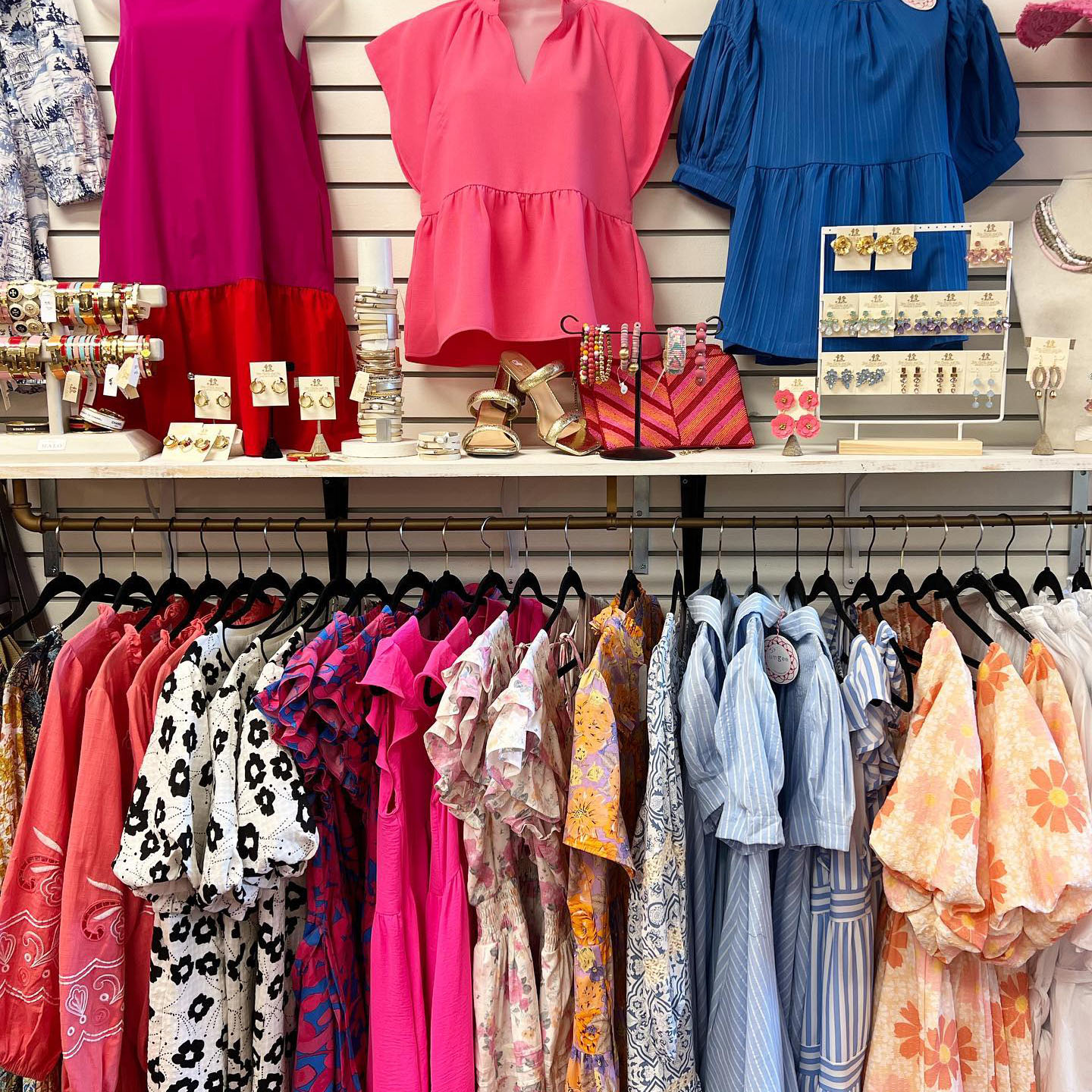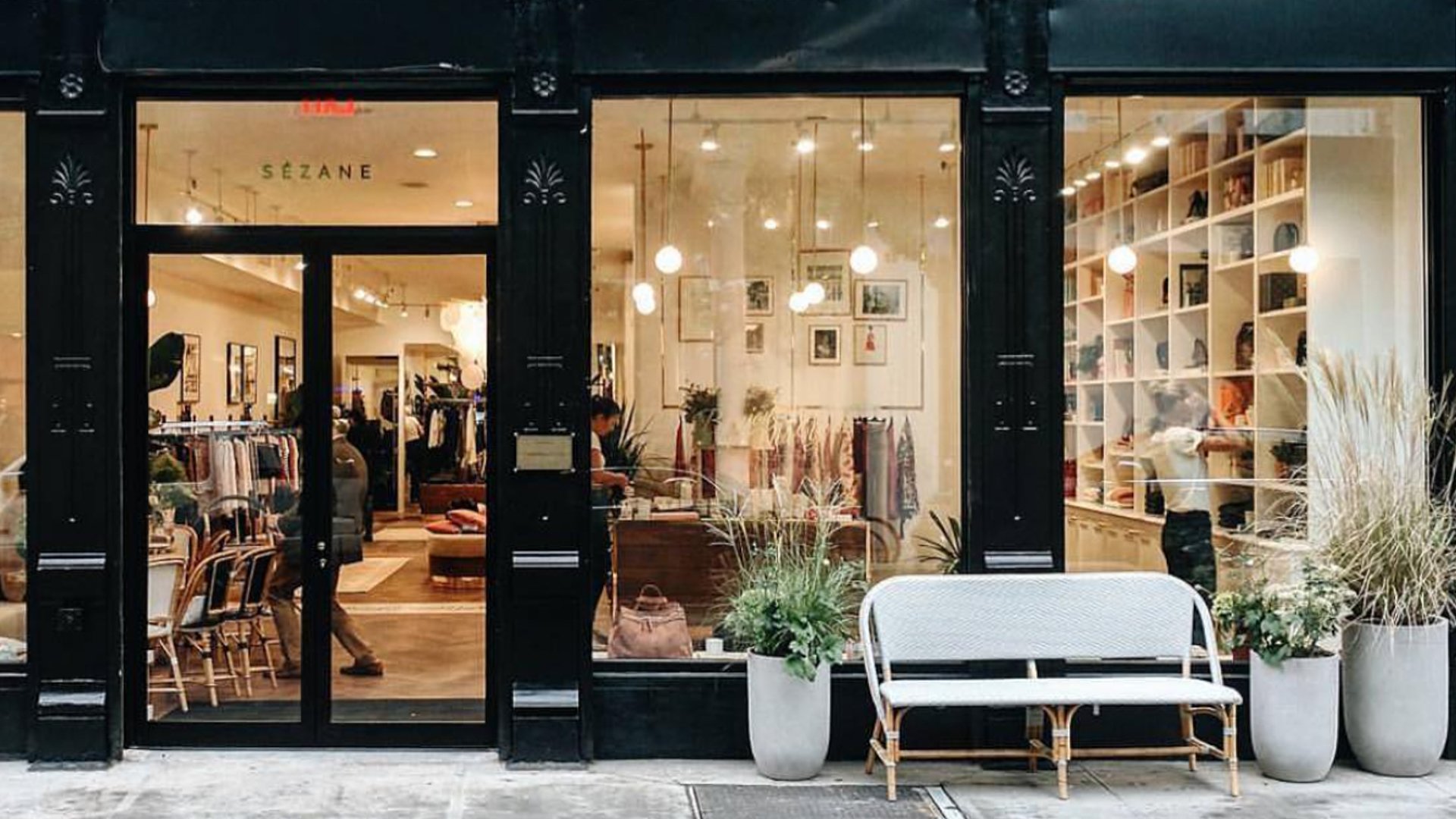The Reason Why Boutique Fashion is the Ultimate Option for Unique Design
The Reason Why Boutique Fashion is the Ultimate Option for Unique Design
Blog Article
Exploring the Development and Effect of Apparel on Modern Fashion Trends
The development of clothing has significantly affected modern-day style fads, combining historic precedents with innovative technologies. Famous figures like Coco Chanel and Yves Saint Laurent revolutionized the fashion sector by introducing concepts that prioritize convenience and availability, which proceed to resonate today.
Historic Style Influencers
In the tapestry of style history, specific numbers have left an indelible mark, shaping the patterns and styles that specify whole periods. Coco Chanel, an innovative developer, redefined ladies's style by introducing comfy, stylish garments that left from limiting bodices. Her iconic Chanel suit and little black gown have become ageless staples in wardrobes worldwide. Likewise, Christian Dior's post-war "Makeover" in 1947, with its party of feminineness via complete skirts and cinched waistlines, noted a return to opulence and has remained to affect designers.
Elsa Schiaparelli is one more critical figure, renowned for her progressive layouts that included surrealist art, collaborating with Salvador Dalí to produce whimsical pieces that tested standard visual appeals. Her innovative use of shade and vibrant patterns resounds in contemporary fashion. Yves Saint Laurent, on the other hand, democratized high fashion with prêt-à-porter collections, bringing path designs to the masses and setting a precedent for modern-day ready-to-wear lines.
These enthusiasts, to name a few, not only revolutionized style in their times yet also established sustaining patterns that resonate in today's garment industry, supplying a foundation upon which modern-day designers continue to construct and innovate. Their traditions underscore the value of imagination and bold in vogue's ever-evolving story.
Technical Developments in vogue
In the middle of the vibrant landscape of the fashion business, technological innovations stand at the leading edge of technology, reshaping just how designers produce and customers involve with style. The combination of 3D printing has actually revolutionized style procedures, enabling designers to explore intricate structures and sustainable products that were formerly impossible. This modern technology helps with fast prototyping, decreasing waste and speeding up manufacturing times.

Smart textiles, embedding modern technology right into textiles, are likewise changing the industry. Technologies like self-cleaning and temperature-regulating textiles offer improved capability and comfort. Wearable innovation, including features like physical fitness monitoring and communication, adds a new measurement to style, merging aesthetic appeals with usefulness.
Cultural Changes and Design
As technical advancements remain to reshape the fashion business, social changes are just as influential, redefining style and consumer preferences. Recently, the increase of social networks systems has actually sped up the circulation of worldwide fashion patterns, enabling diverse social impacts to coexist and merge. This digital interconnectivity has actually facilitated the quick exchange of concepts, resulting in a more eclectic and inclusive interpretation of style that mirrors the diverse nature of contemporary culture.
Cultural understanding and appreciation have actually motivated designers to draw ideas from a wider spectrum of ethnic and historic contexts, incorporating standard motifs with contemporary visual appeals. This fusion has actually resulted in style that resonates with a bigger audience, advertising a sense of identification and belonging across various demographics. Additionally, the raising demand for customization has actually driven brands to use customizable choices, enabling consumers to reveal originality while reflecting their cultural heritage.
In addition, moving social worths have impacted fashion, with inclusivity and variety becoming central styles. The sector has actually begun to embrace designs and influencers of different body kinds, ethnicities, and gender identities, difficult standard elegance standards. This transformation highlights the power of cultural shifts fit the future of fashion, as style becomes a more authentic expression of cumulative and individual identification.
Sustainability and Modern Layout
While the style market proceeds to evolve, the imperative for sustainability has ended up being significantly urgent, influencing contemporary layout practices. The rise of sluggish style, which emphasizes quality over quantity, encourages consumers to invest in ageless items rather than transient trends.
Moreover, modern design is characterized by its development in lessening waste and advertising circularity. Strategies such as zero-waste pattern cutting and 3D knitting are gaining traction, allowing designers to create garments with very little material waste. Furthermore, brand names are taking on clear supply chains, ensuring liability and cultivating customer trust fund. This approach not only mitigates ecological influence yet additionally boosts the social responsibility of style homes.

Future Trends in Style

Sustainability will proceed to be a driving pressure in forming future style trends. The market is progressively taking on eco-friendly materials and honest manufacturing approaches, replying to an expanding customer need for responsible methods. Developments such as bio-fabricated products and closed-loop recycling systems are readied to redefine exactly how apparel is produced and consumed, minimizing environmental effect while keeping design and high quality.
Cultural shifts, including the increase of inclusivity and variety, will also play a critical role. As society comes to be extra mindful of social problems, fashion is anticipated to come to be a platform for expression and change. Developers will likely concentrate on creating collections that mirror a wider variety of identities and experiences, championing representation and accessibility.
Final Thought
The evolution of garments dramatically influences modern style trends, where historical influences combine with modern layouts. This continuous development highlights fashion's role as a mirror to societal worths and technical innovation, recommending a future rich with development and inclusivity.
The evolution of clothes has significantly affected contemporary fashion trends, combining historical precedents with cutting-edge technologies.Among the dynamic landscape of the fashion sector, technical improvements stand at the leading edge of go to the website development, improving exactly how designers produce and consumers involve with style.While the style industry continues to advance, the essential for sustainability has actually become significantly urgent, influencing contemporary style methods. As sustainability comes to be ingrained in modern design, it paves the method for an extra conscious and responsible fashion industry.
The evolution of clothes substantially influences modern-day style patterns, where historical influences merge with contemporary designs.
Report this page